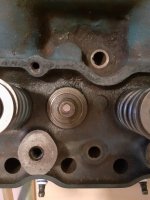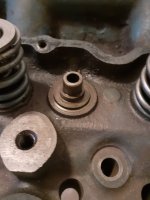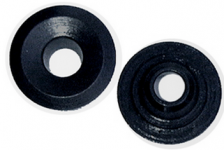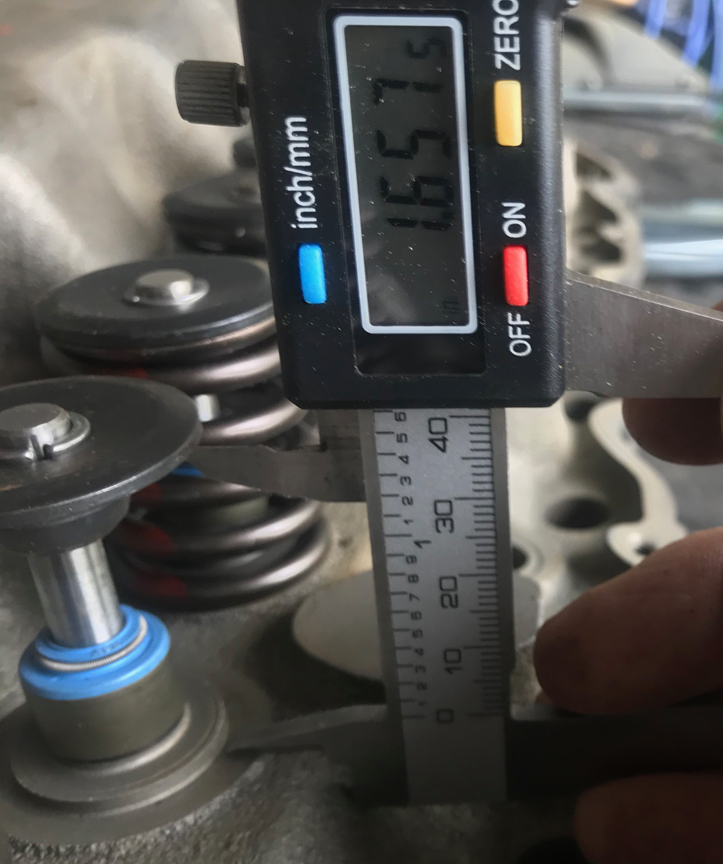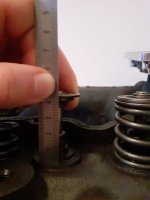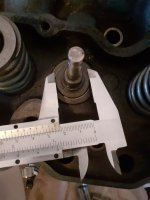"...see a lot of traffic and stop and go driving, therefore I am happy if I get as much low end torque as I can. As for the highway, I have a 2.79 gears in the rear end and cruising even in stock form now is sufficient for me. Or would you suggest..."
sometimes (all ways 4 me) the cheepest, easiest, quickest is golden - how bout tire diam change?
Ever use an on-line gear calculator? Plug in rpm, tires, rear gear, trani gear (drive line #s) and get different results? Better'na ride dwn a greased telephone pole...
sometimes (all ways 4 me) the cheepest, easiest, quickest is golden - how bout tire diam change?
Ever use an on-line gear calculator? Plug in rpm, tires, rear gear, trani gear (drive line #s) and get different results? Better'na ride dwn a greased telephone pole...



